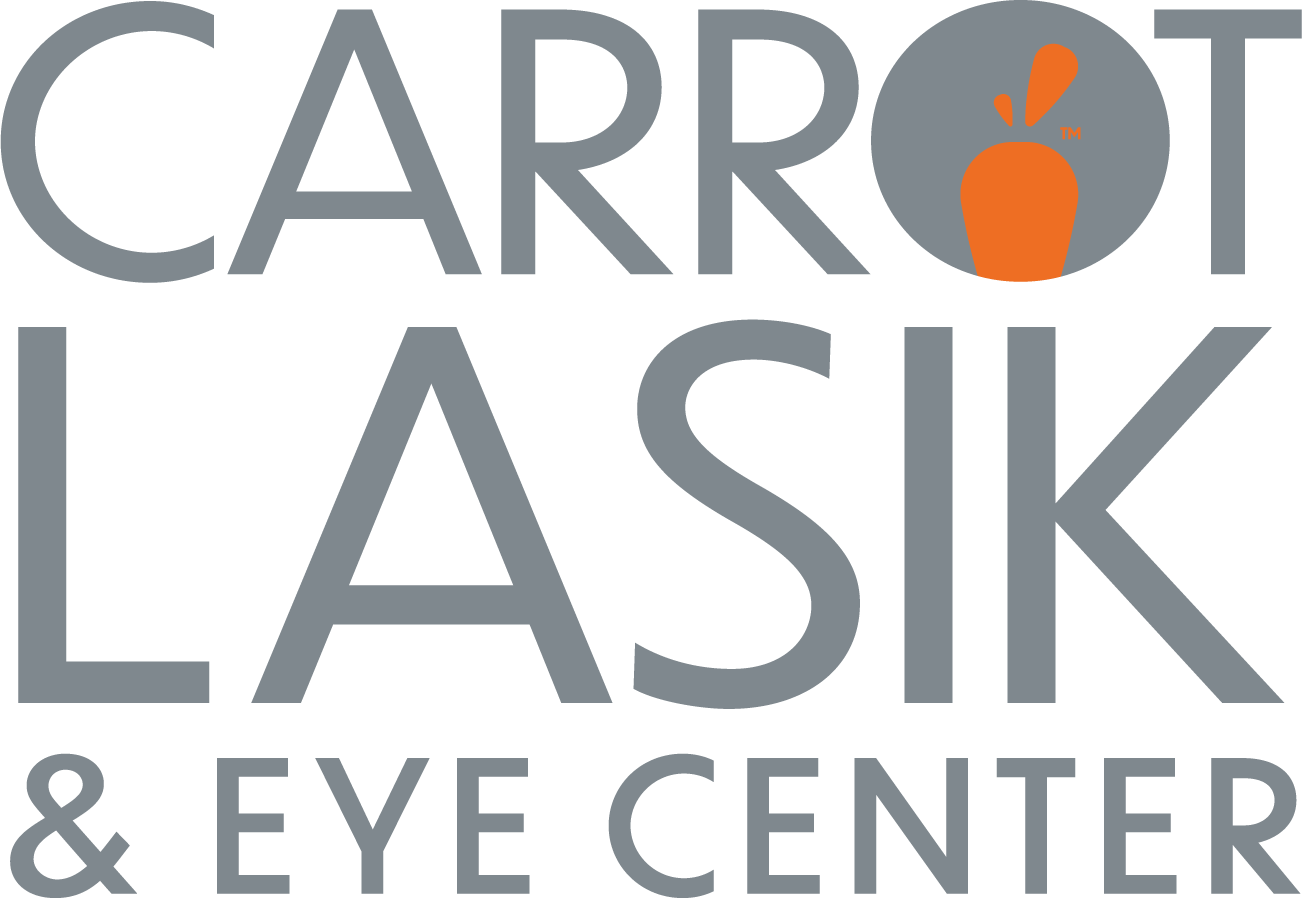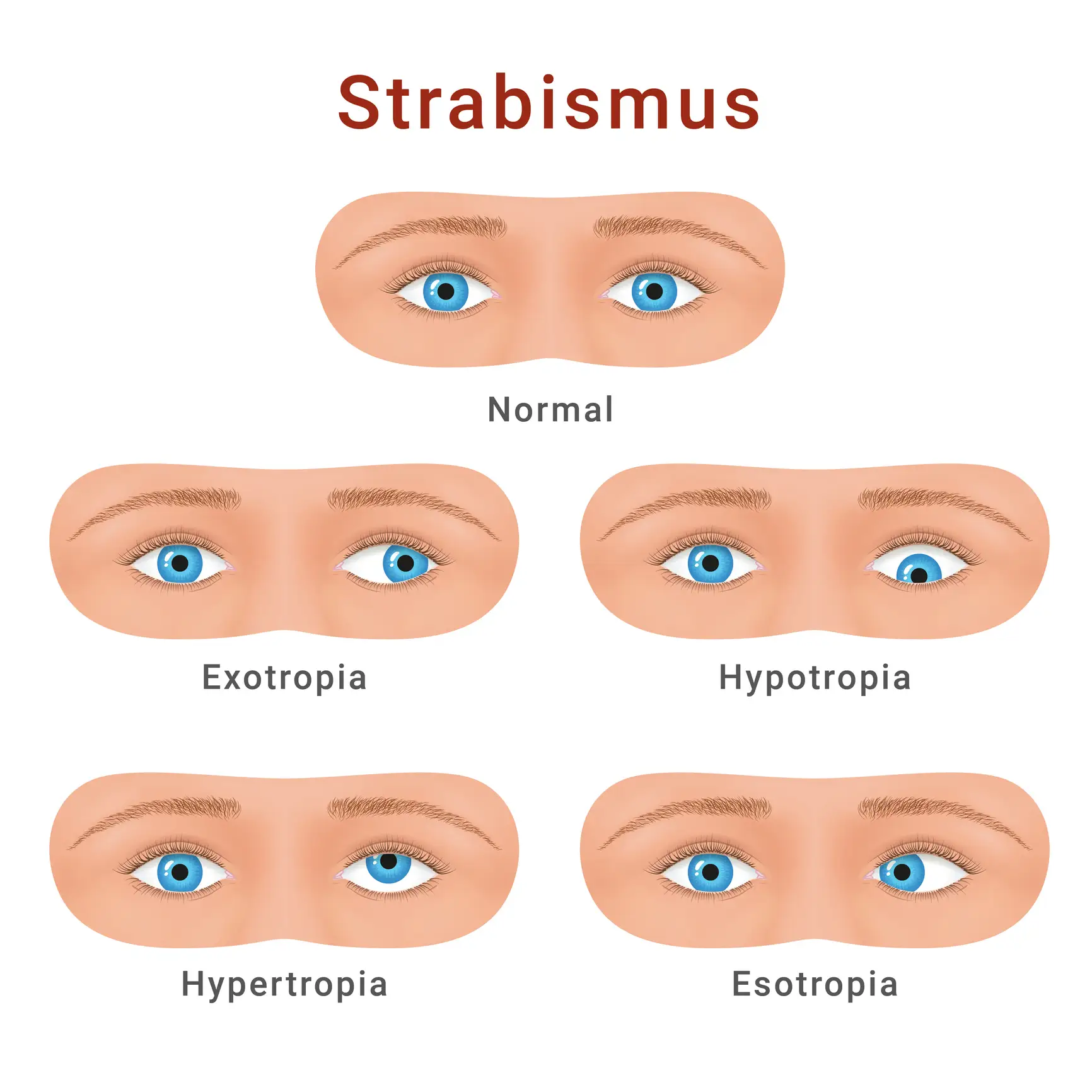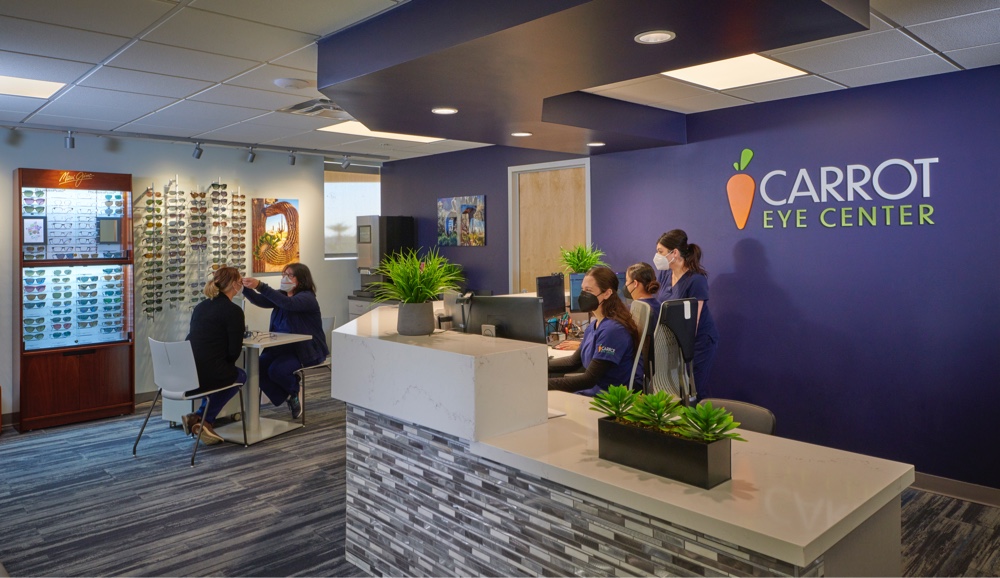What exactly is strabismus, and how do I know if I or my child has it?
Strabismus is a condition where the eyes don’t align properly—one eye may turn inward, outward, upward, or downward while the other looks straight ahead. You might notice that the eyes don’t seem to work together, one eye appears to “wander,” or you experience double vision. In children, you may observe them closing one eye, tilting their head, or having difficulty with depth perception.
Will strabismus get worse if left untreated?
Yes, untreated strabismus can worsen over time, especially in children. In kids, it can lead to amblyopia (lazy eye), where the brain starts ignoring signals from the misaligned eye, causing permanent vision loss in that eye. In adults, untreated strabismus can cause persistent double vision, eye strain, and headaches. Early treatment typically leads to better outcomes.
Is surgery the only way to fix strabismus?
Not necessarily. At Carrot LASIK & Eye Center, Dr. Shortridge specializes in both surgical and non-surgical management of strabismus. Treatment options include corrective glasses, patching therapy, vision therapy, prism glasses, and sometimes Botox injections. Dr. Shortridge will thoroughly evaluate your specific condition to determine whether conservative treatments can achieve your goals before recommending surgery.
Is strabismus surgery safe, and what does recovery involve?
Strabismus surgery is generally very safe, especially with the advanced techniques Dr. Shortridge employs. It’s typically performed as an outpatient procedure under general anesthesia. Recovery usually involves 1-2 weeks of limited activity, possible eye redness and mild discomfort, and follow-up appointments at Carrot LASIK & Eye Center to monitor healing. Most patients can return to normal activities within a few days to a week, and Dr. Shortridge will provide detailed post-operative instructions to ensure optimal healing.
Will my insurance cover strabismus treatment at Carrot LASIK & Eye Center?
Most insurance plans cover strabismus treatment because it’s considered a medical condition, not just cosmetic. This typically includes Dr. Shortridge’s comprehensive eye exams, non-surgical treatments, and surgery when medically necessary. Our team at Carrot LASIK & Eye Center will work with your insurance provider to verify coverage and help you understand your benefits before beginning treatment.
How long does it take to see results from strabismus treatment?
Results vary depending on the treatment type Dr. Shortridge recommends. With glasses or prism lenses, improvement may be immediate. Vision therapy can take several weeks to months. After surgery, initial alignment is visible right away, but final results and full healing typically occur over 6-8 weeks. Dr. Shortridge will discuss realistic timelines during your consultation and monitor your progress with regular follow-up appointments at Carrot LASIK & Eye Center.



